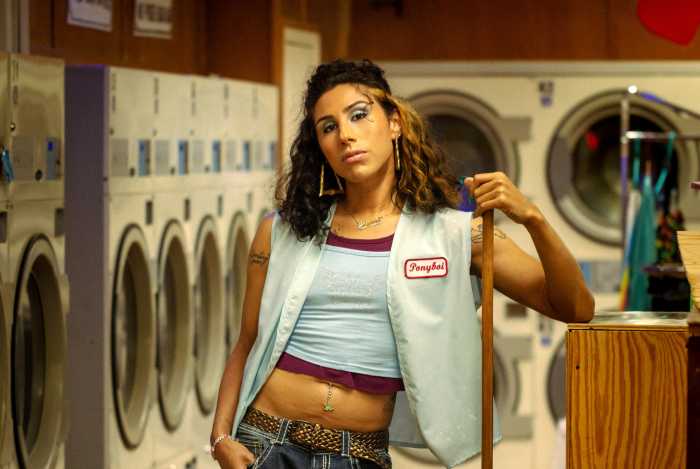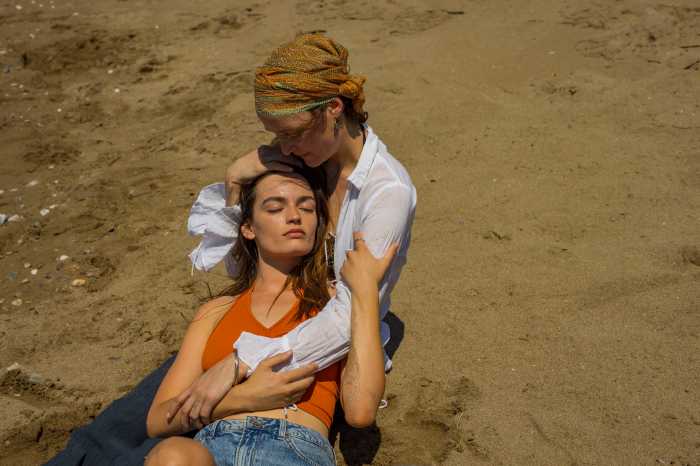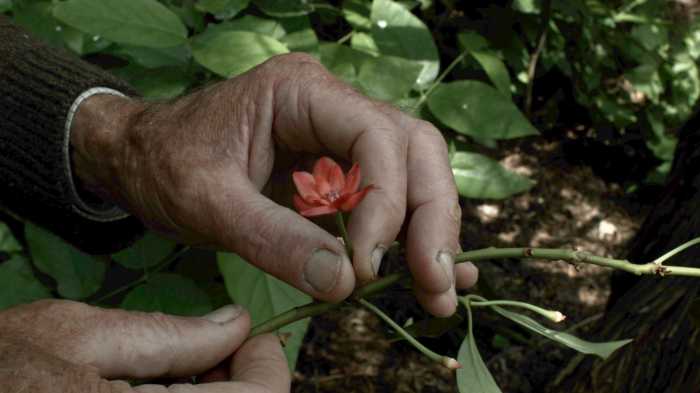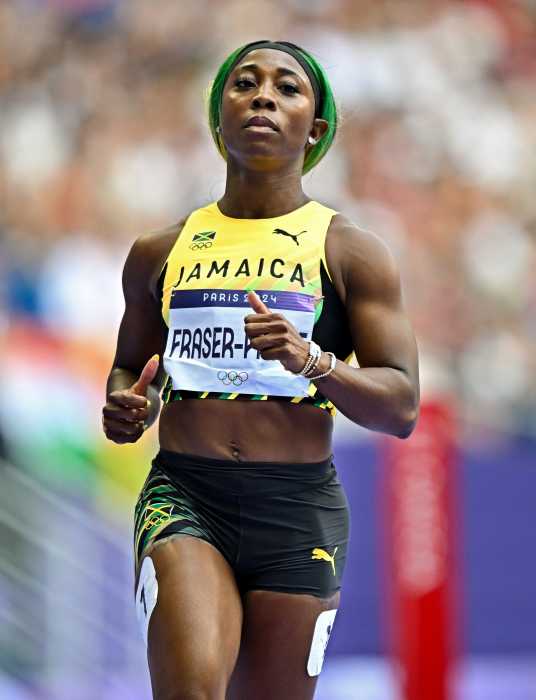During his stay in the US, German director Max Ophuls wanted to film Honoré de Balzac's novella “The Duchess of Langeais” with Greta Garbo and James Mason, but he was never able to make it. Jacques Rivette's cruel melodrama gives some idea what that film might have been like. His version of the story seems utterly consistent with his long-term concerns, yet at 79, he's still breaking new ground.
Rivette's films have been filled with two recurring themes — conspiracies and theater. I've never been sure how seriously he takes the former; they seem to be metaphors for the spectators' attempts to find meaning where none may exist.
Jacques Rivette's faithful rendering of Balzac's novel of sex roles.
As for the latter, Rivette seems to be fascinated with the process by which art comes into being, a theme explored at length in his 1991 “La Belle Noiseuse.”
THE DUCHESS OF LANGEAIS
Directed by Jacques Rivette
In French with English subtitles
IFC Films
Opens Feb. 22
IFC Center
On the surface, “The Duchess of Langeais” is unconcerned with either conspiracy or theater. At least half of it consists of two people sitting in a room, talking. Yet its sense of Paris as a space for ritualistic gamesmanship is shared with most of Rivette's films. In “Celine and Julie Go Boating,” “Out 1,” “Le Pont du Nord,” and “Haut Bas Fragile,” characters chase each other all over the city in pursuit of arcane magic, secret societies or mere friendship. The lovers of “The Duchess of Langeais” do much the same to each other, far more sadistically.
The film opens and closes with a framing device set in 1823, five years after its main narrative takes place. Visiting a Spanish island, General Armand de Montriveau (Guillaume Depardieu) suddenly races out of a church in the middle of the service. The next day, he hears a nun singing and realizes that he knows her. The voice belongs to Antoinette de Langeais (Jeanne Balibar), a woman with whom he remains infatuated. However, she lives in cloistered seclusion and he can only see her by claiming to be her brother.
Antoinette, behind the convent's bars, admits she loves him, and then, in a match cut, the film flashes back to the couple's meeting at a Paris ball in 1818. Armand is immediately taken with her and lets her know, yet she's something of a tease. Over the next few months, she allows him to visit her but refuses to reciprocate his gestures of love.
Rivette eschews the Brechtian, modernist touches a director like Manoel de Oliveira might have brought to Balzac. Even his French New Wave compatriot Eric Rohmer's “The Romance of Astree and Celadon” goes further in updating its source material by including deliberate anachronisms and a hip sexual fluidity.
Staying faithful to the novella, Rivette tips his hat to the viewer only once, with an intertitle that comments directly on the action rather than merely informing us that time has passed or offering straightforward description.
The turning point of “The Duchess of Langeais” comes when Armand — with a gang of accomplices — kidnaps Antoinette and threatens her with a brand on the forehead. This is the moment when viewers' sympathies are likely to shift from him to her. It's also the occasion when she starts to genuinely fall for him.
Her masochistic role reversal is so unsettling that some spectators may find the film sexist. However, it takes place in a society where the rules of courtship themselves are rigid and gender-bound. A man isn't supposed to openly admit his love and lay himself vulnerable the way Armand does in his early scenes with Antoinette.
At least some of Antoinette's resistance stems from a socially imposed unwillingness to accept a man directly expressing his emotions. His infatuation is just as tinged with masochism as hers, but men have far more privilege to express their will through force. She knows how to fit into her place as a woman; until the kidnapping, he doesn't conform to his role as a man.
With shoulder-length hair, long sideburns and a mustache, Guillaume Depardieu resembles his father Gerard in some of his '70s films, but he doesn't have the same sexual confidence and charisma. His limp and scars are hardly signs of glory; his military experience really seems to have wounded him deeply. While Armand may be a powerful general, he always acts slightly unreal when he purports to be a tough guy.
Balibar's performance conveys the perversity of her character, who spends the first half of the film putting on a coy facade and the second suffering from her inability to take an offer of love seriously. After many scenes depicting the couple together, the sight of Antoinette sitting by herself, writing an endless series of letters to Armand, is poignant.
As critic Daniel Kasman points out, “The Duchess of Langeais” can be seen as an opportunity to hunt for Rivette's personal themes. It suggests that French society circa 1820 can be seen as one large stage. Even so, the film's anti-romantic bitterness and cynicism is new to Rivette. Implicitly, it goes far beyond an indictment of the sexual politics of 19th-century France.
By offering such a faithful interpretation of an old-fashioned vision of love, “The Duchess of Langeais” challenges us to ponder whether our own relationships might not be equally tortured.
SUPPORT THE ADVERTISERS WHO SUPPORT GAY CITY


































